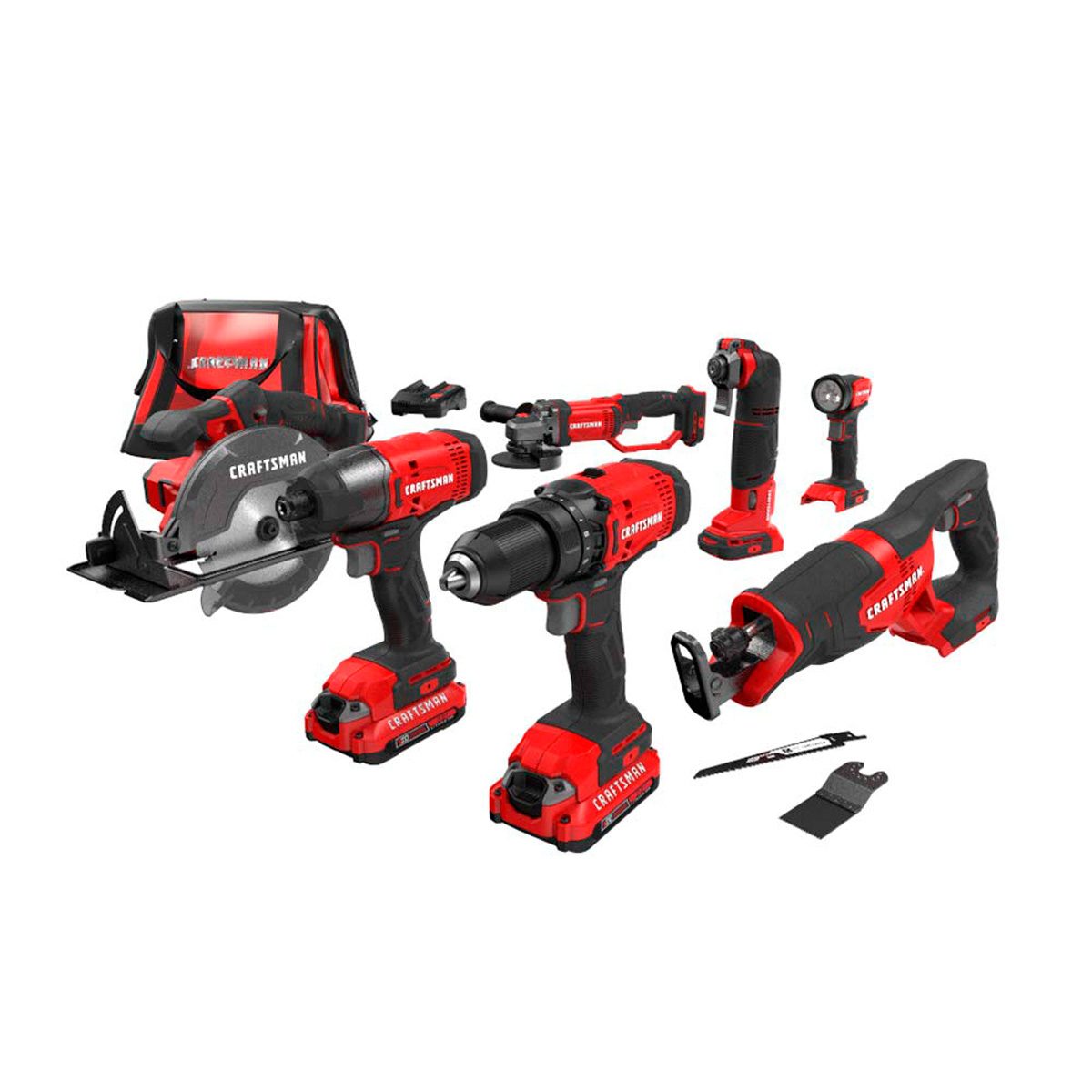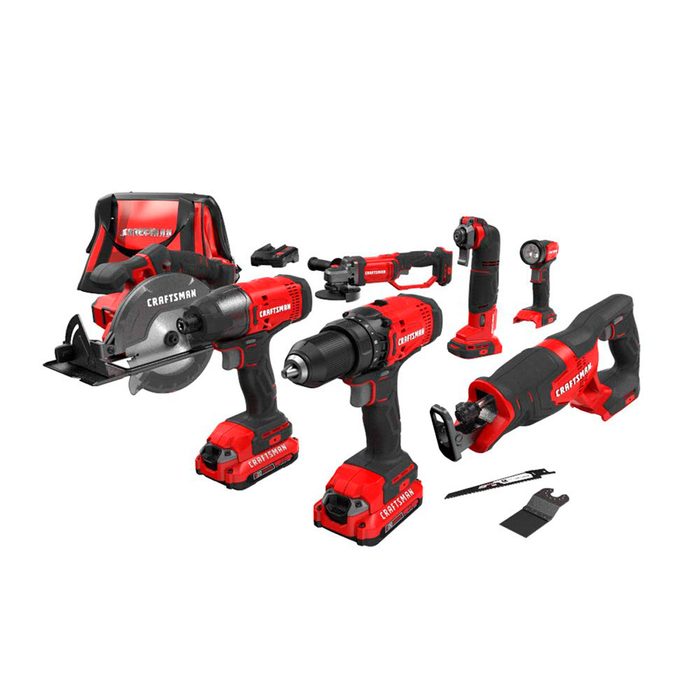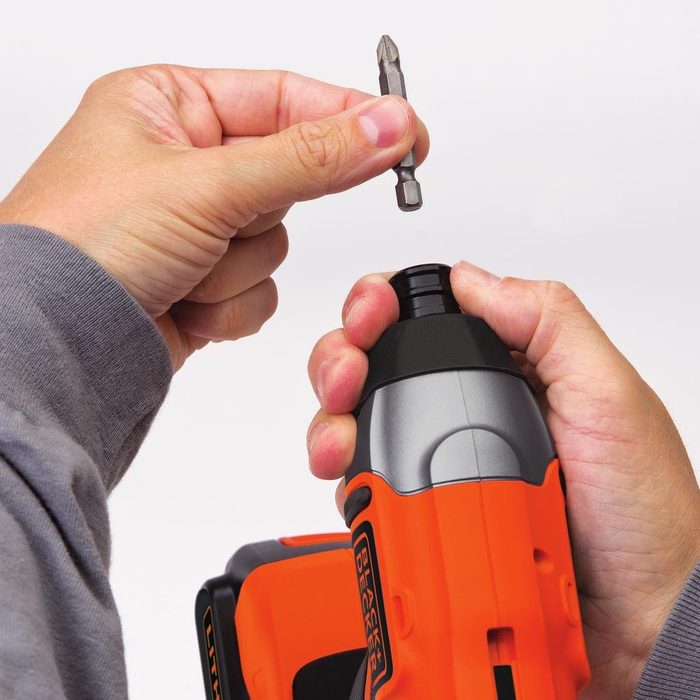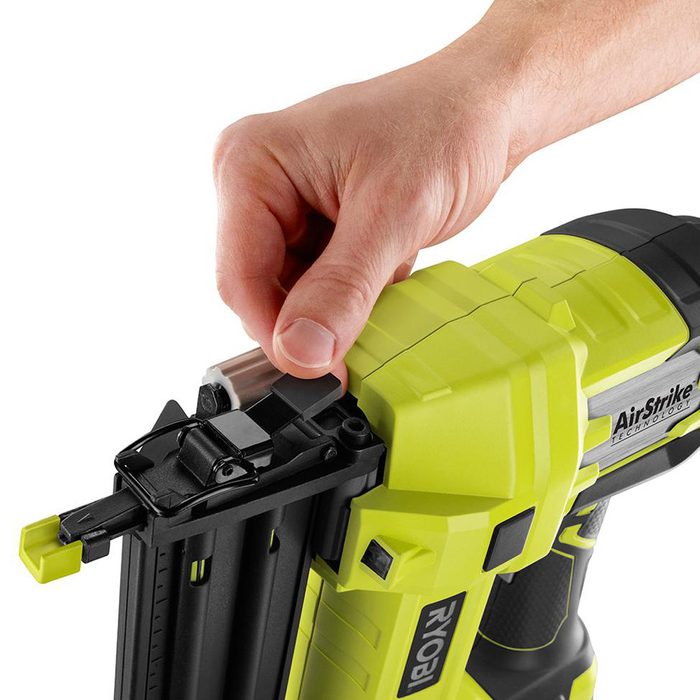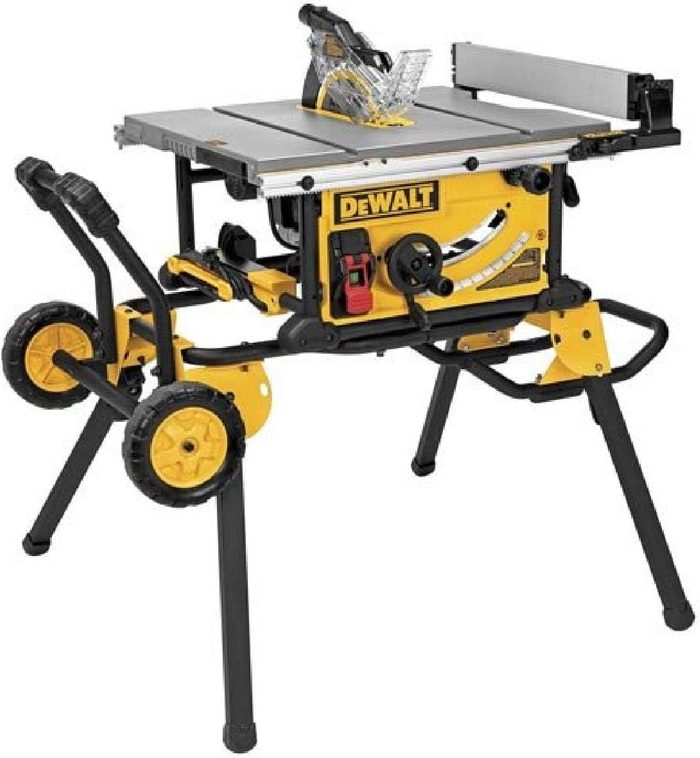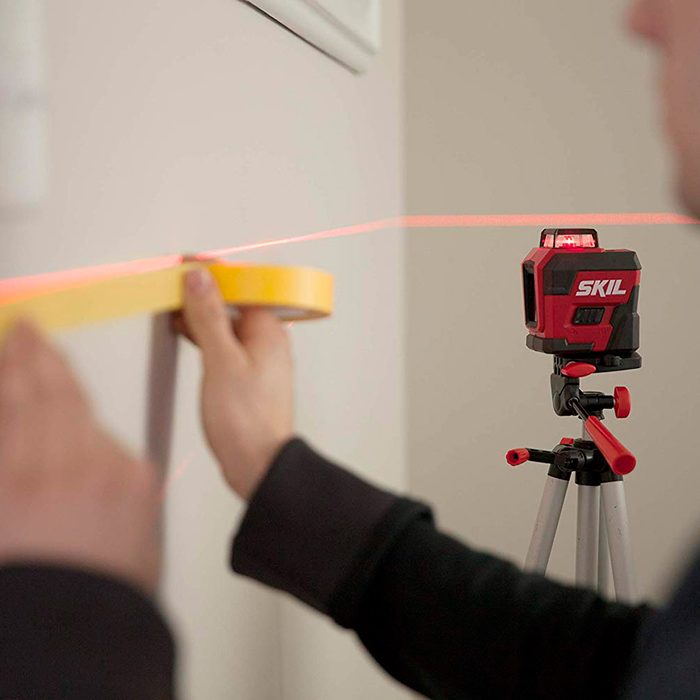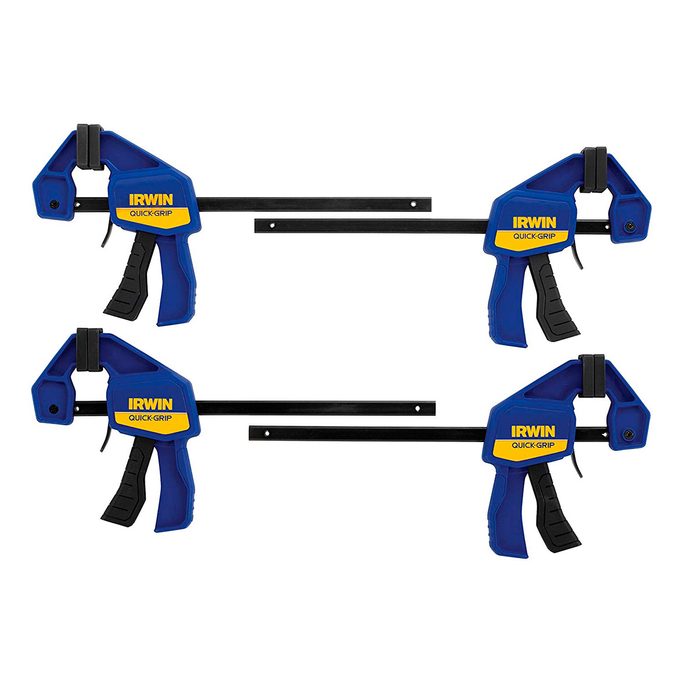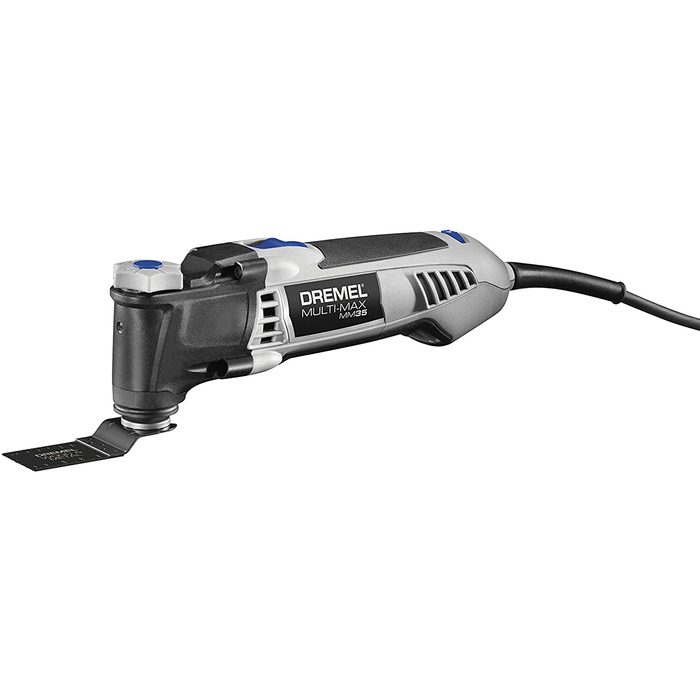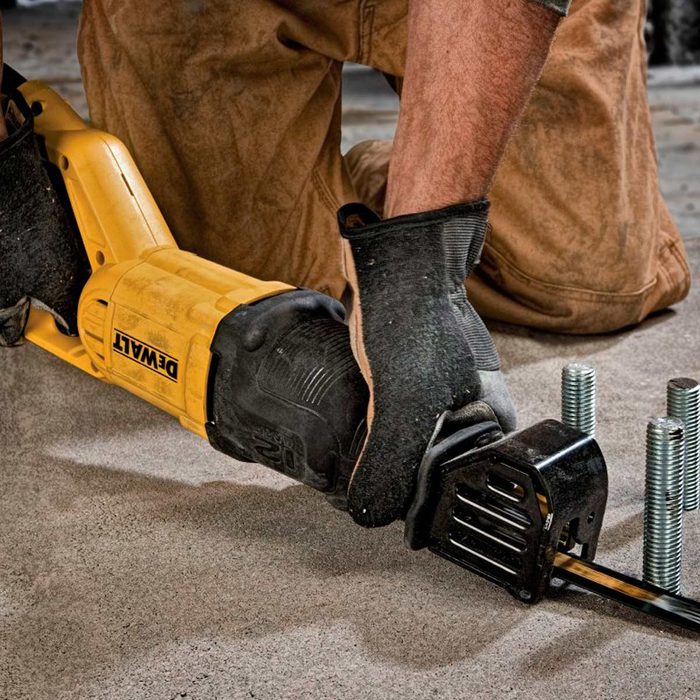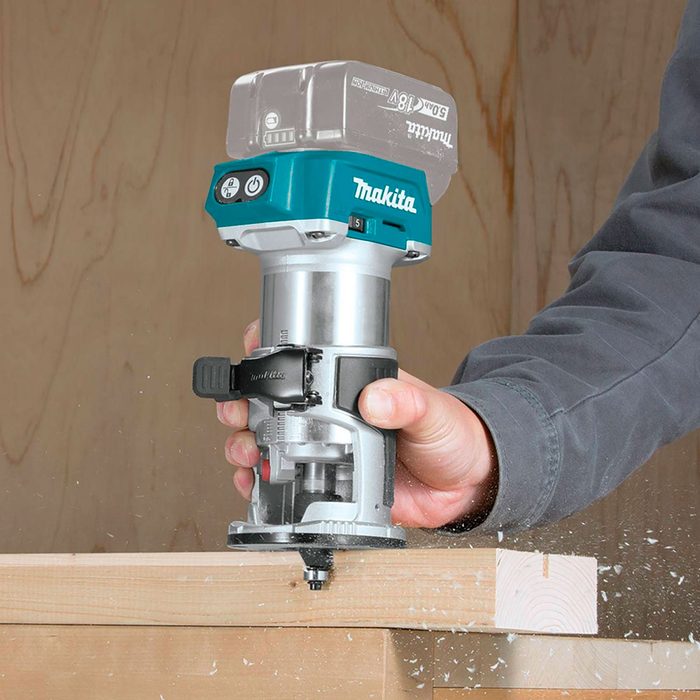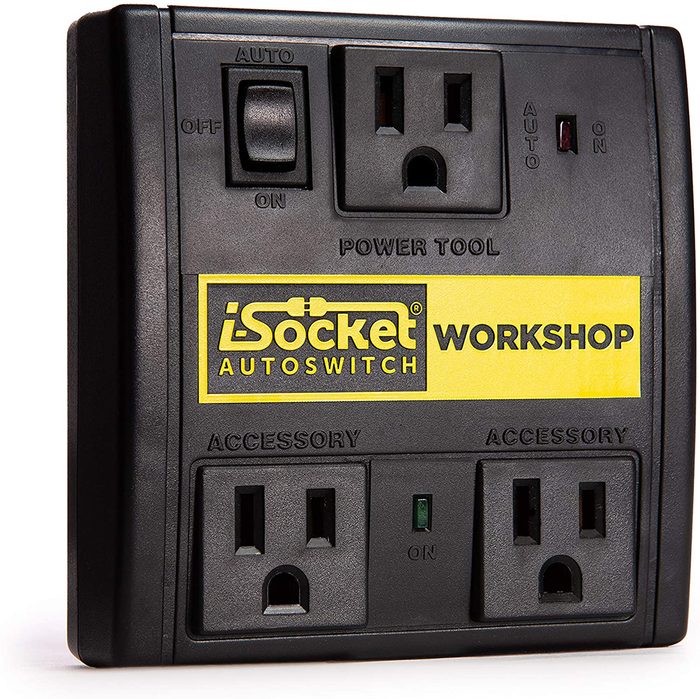Impact drivers add percussion to your drill action, meaning you don’t have to lean into the tool to get it to drive tough screws. They work best with screws that have a square-drive or Torx head. If you have ever tried to drive a 4-inch Phillips-head deck screw into wet, pressure-treated lumber with a regular drill/driver, you will be amazed at the ease with which an impact driver gets the job done. They’re also great with nut drivers. Here are our tips for choosing the best impact driver for your needs.
A couple of years ago, this spot might have read “air compressor and air tools.” But most home DIYers use air compressors almost exclusively with nail guns and pneumatic staplers. The new generation of higher-power, battery-driven nailers and staplers has done away with the need to lug around a compressor unit and 50 feet of hose just to tack on some crown molding. (If you do metal or automotive work or use a coil nailer eight hours a day, you’ll still want the compressor.) Don’t forget to check out these important tools for DIYers.
Using an affordable, easy-to-use laser level kit makes a marked improvement in the precision of your work. Hanging pictures, building decks, installing drywall — a laser level takes most of the work out of wrangling a 4-ft. bubble level and is much more accurate. Here are 13 clever tricks and tips for using a laser level.
As the only non-power tool to make the list, you should know that in many ways your clamp arsenal defines your shop. Tasks related to metalworking, carpentry or picture framing become easier with the right clamp, and these jobs only scratch the surface. Your basics should include a full set of spring clamps, C-clamps, bar or pipe clamps, quick clamps and hand-screw wood clamps. Pick up specialty clamps, like corner clamps or spreader clamps, as needed. You can never have too many clamps! Check out this collection of clever ways to store clamps.
Some might argue that a DIYer needs a “recip” saw (often called “Sawzall” — a Milwaukee Tool brand name) long before they turn 40. And, it’s true that a recip saw has many uses, including demolition work, cutting off fence posts set in concrete (using a bi-metal blade), cutting up tree limbs (using a 12-inch pruning blade) and if you mount the blade with the spine facing in it becomes a flush-cutting saw. This is a sometimes overlooked, but very versatile, saw. Here are some examples of the more popular recip saw blades and attachments.
Find out why we call a recip saw the ultimate remodeling tool, with attitude.
Designed mostly for cabinetmaking, the laminate trimmer is a downsized router, and for many DIYers, that’s a good thing. Regular routers are big tools that see use mostly for woodworking. These full-size tools work best in router tables. Most DIYers would use a router only for edge-profiling, and a good laminate trimmer that you can hold in one hand is up to the job and very easy to manage. Here’s more on why we recommend a compact router.
This simple tool and vacuum switch links your power tools to your shop vacuum. First you attach the shop vacuum hose to the dust collection port on any power tool (especially sanders, routers, bench-top tools and power miter saws). Then, when you activate the tool, the shop vacuum turns on, too, and collects the dust instantly. Shut off the tool and the vacuum also stops. A great time saver on clean-up and dust collection, and also a good way to improve air quality in your shop.



















